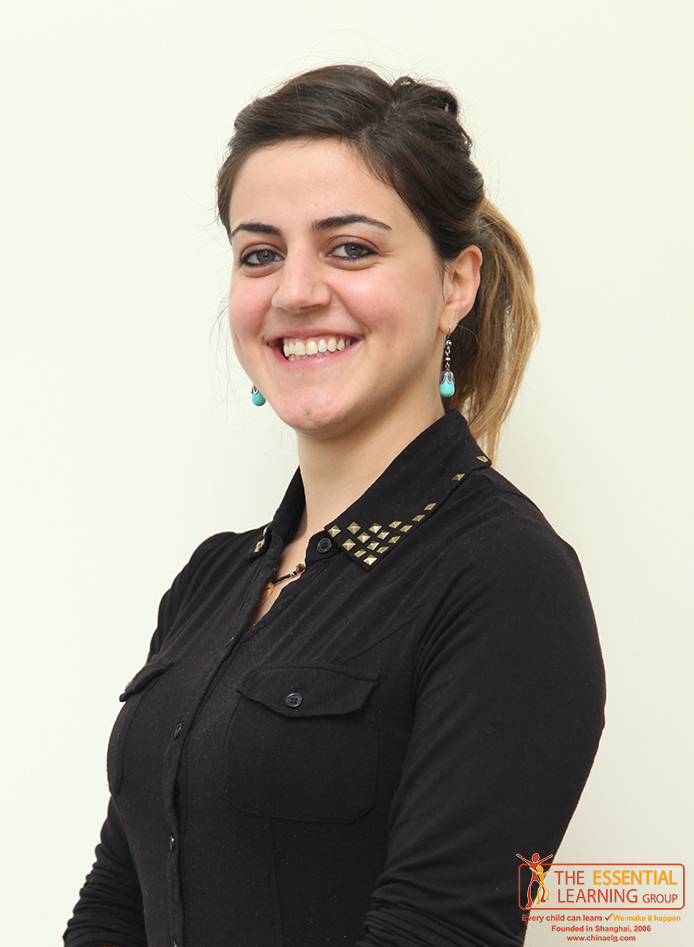By Reyhaneh Rajabzadeh, Speech-Language Pathologist
From inattentiveness to tantrums, there are many types of disruptive or oppositional behaviors. When we see a child acting out, we may think that the child just has a personality that lends itself to this sort of behavior. However, many behavioral issues can be rooted in a large number of developmental underpinnings, and today I would like to talk about those which may come from an underlying language problem.
Below are three behaviors that could have a linguistic component:
The Disruptive Child
We all know the child who is constantly being disruptive in class, the child who won’t stop talking or making noise. When we approach this behavior from a language perspective, we see that it could actually be avoidance behavior because the child cannot understand the material that they are working with. Rather than do the embarrassing thing and fail at the task before them, they instead tell jokes and get attention from their peers. They are then often sent to the principal’s office, which means they successfully escape the activity.
The Stubborn or Defiant Child
A seemingly stubborn child might understand what is being said to them and is genuinely being contrary (which could be a result of other underlying developmental or psychological issues). But it could also be that they don’t understand what the instructions are, or they are having trouble processing them. This not only means that they cannot obey, but also that they might be frustrated as well. The ability to understand and follow instructions only fully develops at the age of 13-14, and children advance at different rates.
The Aggressive Child
The child who takes things from others or acts aggressively towards other children may not be doing so because they are naturally aggressive, but because they are unable to communicate what it is they want. If a child can’t effectively communicate what he or she wants, their needs are not getting met. If you cannot ask for the toy you want, the only way you get to play with it might be to take it by force.
The Importance of Understanding the Root of Behavior
So we can see that the examples above could be language issues at heart. Adults often don’t think that this might be the case, as language is mainly associated with just speaking. If a child is talking normally then sometimes a problem goes unnoticed. However language is so much more: it is listening and understanding, communicating through body language and gesture, as well as a whole host of other skills. Also, people tend not to be particularly knowledgeable about the developmental milestones of children’s language development, so they might not realize when there is a delay. It is easy to confuse cause and effect; we might think that a child’s disruptive behavior is causing them to fall behind in language development, rather than the other way round.
The only way to be sure about the root cause of these problems is to have the child evaluated.
During an evaluation we observe children throughout the day, in the classroom, and interacting with their parents and peers. Through observation we can tell a lot about what the child is struggling with. We then move on to giving the child some simple tasks. A real world situation is broken down and the language component is analyzed. If the parent tells us the child never does what they say, we look at how good the child is at following directions, as well as processing more than one instruction.Therefore we can be sure about the child’s language level and whether this could be a contributing factor to behavioral problems.
While not all behavior issues stem from language problems, a number can be addressed by solving this underlying problem, so we should always consider it as a factor.
Read more on language assessments at ELG.
Reyhaneh Rajabzadeh, M.S.
Speech-Language Pathologist
Reyhaneh is a Speech-Language Pathologist at The Essential Learning Group with experience in bilingual therapy, and is able to work with children in English, Spanish, and Farsi. She has a holistic, family-focused approach and works with families directly to educate and involve them in the therapeutic process.

